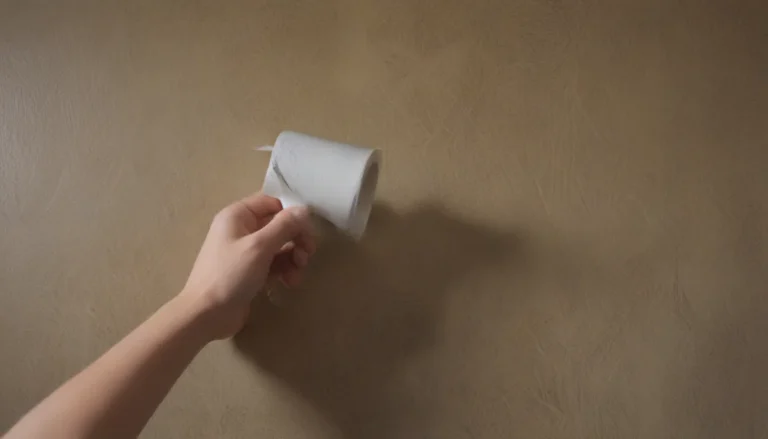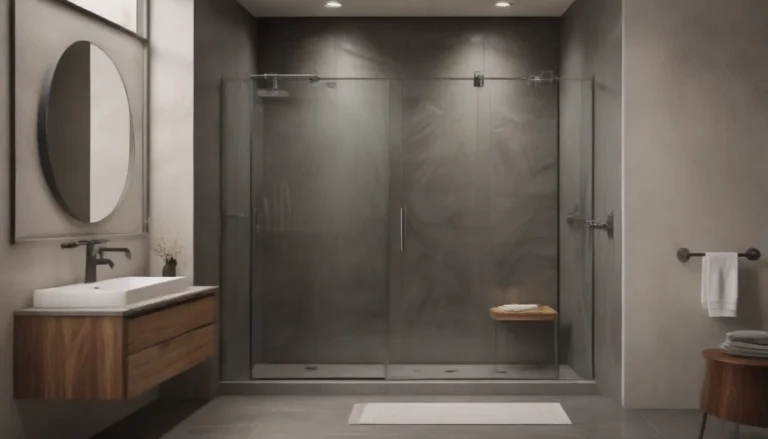Troubleshooting Common Toilet Flushing Issues: Causes and Solutions

Welcome to our comprehensive guide on troubleshooting common toilet flushing issues! If you are experiencing problems with your toilet not flushing properly, you are not alone. In this article, we will explore six common causes of toilet flushing problems and provide simple solutions to help you fix your flush.
1. Disconnected Lever
Not every toilet has a lever flush system, but if yours does, a disconnected lever could be the culprit behind your flushing issues. The lever is typically connected to the flapper by a chain. If the chain becomes disconnected from either the flapper or the lever, pressing the flush lever will result in nothing happening.
Solution:
– Remove the lid of the toilet tank to inspect the chain connection.
– Reattach the chain if it has come loose.
– Replace the chain if it is damaged or broken.
– In some cases, cutting the chain to a shorter length may help provide enough force to lift the flapper.
2. Closed Inlet Valve
The inlet valve controls the flow of water into the toilet tank, essential for the flushing mechanism. If the inlet valve is closed, the tank will not fill with water, preventing a proper flush.
Solution:
– Check if the inlet valve to the toilet is closed.
– Open the valve to allow water to flow into the tank.
– If the issue persists, check if water is available in the rest of the home and contact your water utility company if needed.
3. Clogged Toilet
Toilet clogs are a common problem that can impede the flushing process. Excessive toilet paper usage or other debris can create a blockage in the drain line, preventing waste from being flushed.
Solution:
– Use a plunger to dislodge the clog.
– Ensure the water level in the bowl is low enough to prevent overflowing.
– If necessary, remove excess water from the bowl before plunging.
4. Faulty Flapper
A weak flush could indicate a faulty or damaged flapper. The flapper seals the opening between the tank and the bowl, ensuring proper water levels for flushing.
Solution:
– Purchase a new flapper compatible with your toilet model.
– Replace the old flapper with the new one.
– Check that the tank fills properly after replacement.
5. Damaged or Obstructed Float
The float in the toilet tank regulates water levels by signaling the fill valve to close. If the float is damaged, obstructed, or set too low, the tank may not fill adequately, resulting in a weak flush.
Solution:
– Replace the float if damaged.
– Remove any obstructions.
– Adjust the float level to ensure proper tank filling.
6. Rim Jet Blockage
Rim jets are small holes located under the toilet bowl rim that help with flushing power. Blockages in these holes due to mineral deposits or debris buildup can reduce flushing efficiency.
Solution:
– Use vinegar to clean and unclog the rim jets.
– Scrub with a toilet brush or an old toothbrush.
– Flush the toilet to ensure the issue is resolved.
By addressing these common causes of toilet flushing problems, you can troubleshoot and fix your flush without the need for professional help. Remember to follow the simple solutions provided for each issue to ensure your toilet is back to working condition.
Additional Tips for Proper Toilet Maintenance:
- Avoid flushing items other than toilet paper and waste to prevent clogs.
- Regularly clean the rim jets and toilet bowl to maintain flushing efficiency.
- Periodically check and replace any worn-out parts such as flappers or floats to prevent future issues.
With these tips and solutions in mind, you can confidently tackle common toilet flushing problems and keep your bathroom running smoothly. Remember, a well-maintained toilet is a happy toilet!





